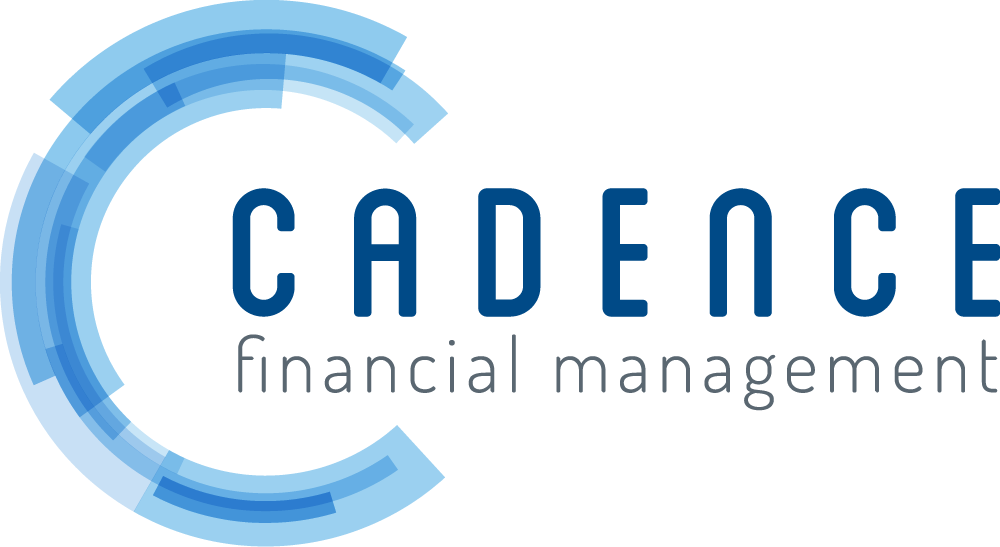Every Plan should have a Committee Charter and Here’s Why
Although not legally required by ERISA, a retirement plan committee charter is a very important document for plan governance that may help fiduciaries avoid potential liabilities. Committee Charters are one effective way to “evidence” intent of prudent plan management. Having a charter is a “best practice” that all plan sponsors should seriously consider.
Your committee charter is the road map for fiduciary oversight of the plan. They document the delegation of responsibilities to co-fiduciaries from the plan’s named fiduciary (oftentimes the organization itself, as represented by the board of directors, owner, or other controlling individual or entity). In turn, it is a best practice to have these fiduciaries acknowledge in writing that they formally accept the responsibilities delegated to them. This documentation helps to properly bracket which individuals are responsible for which fiduciary responsibilities and the timeframe for which they are responsible.
An investment committee charter should reference the design, adoption, and regular review of a plan’s investment policy statement, which sets forth processes and guidelines for how plan fiduciaries will select and monitor investments.
A retirement “steering committee” charter would delineate the administrative responsibilities required of the plan administrator in overseeing the plan. If the plan does not have a separate investment committee, the steering committee should also include investment responsibilities. A retirement steering committee charter will typically encompasses additional responsibilities for the plan oversight of testing, oversight of service providers, and determination of reasonableness of fees.
The Retirement Learning Center says the charter should cover the following points:
What authority does the committee have?
What is the committee’s purpose?
How is the committee structured?
Who may serve on the committee?
How are committee members replaced?
How will the committee delegate authority?
How will the committee assign responsibilities and duties?
How frequently will the committee meet?
What procedures will the committee follow?
What are the standing agenda items and how are new topics introduced?
What is the process for selecting and managing plan service providers?
What reporting will the committee do and to whom?
What are the procedures for protecting committee members financially?
Charters are very helpful for ensuring that all committee members understand their responsibilities and that nothing slips through the cracks.
Our prototype Committee Charter is designed to be flexible, comprehensive, and easy to use.
This material was created to provide accurate and reliable information on the subjects covered but should not be regarded as a complete analysis of these subjects. It is not intended to provide specific legal, tax or other professional advice. The services of an appropriate professional should be sought regarding your individual situation. The material presented was created by RPAG. Securities, investment advisory, and financial planning services offered through qualified registered representatives of MML Investors Services, LLC. Member SIPC (www.sipc.com). Supervisory Office: 16 Campus Blvd, Newtown Square, PA 19073. Cadence Financial Management, LLC is not a subsidiary or affiliate of MML Investors Services, LLC or its affiliated companies. ACR# 4288794 02/22
